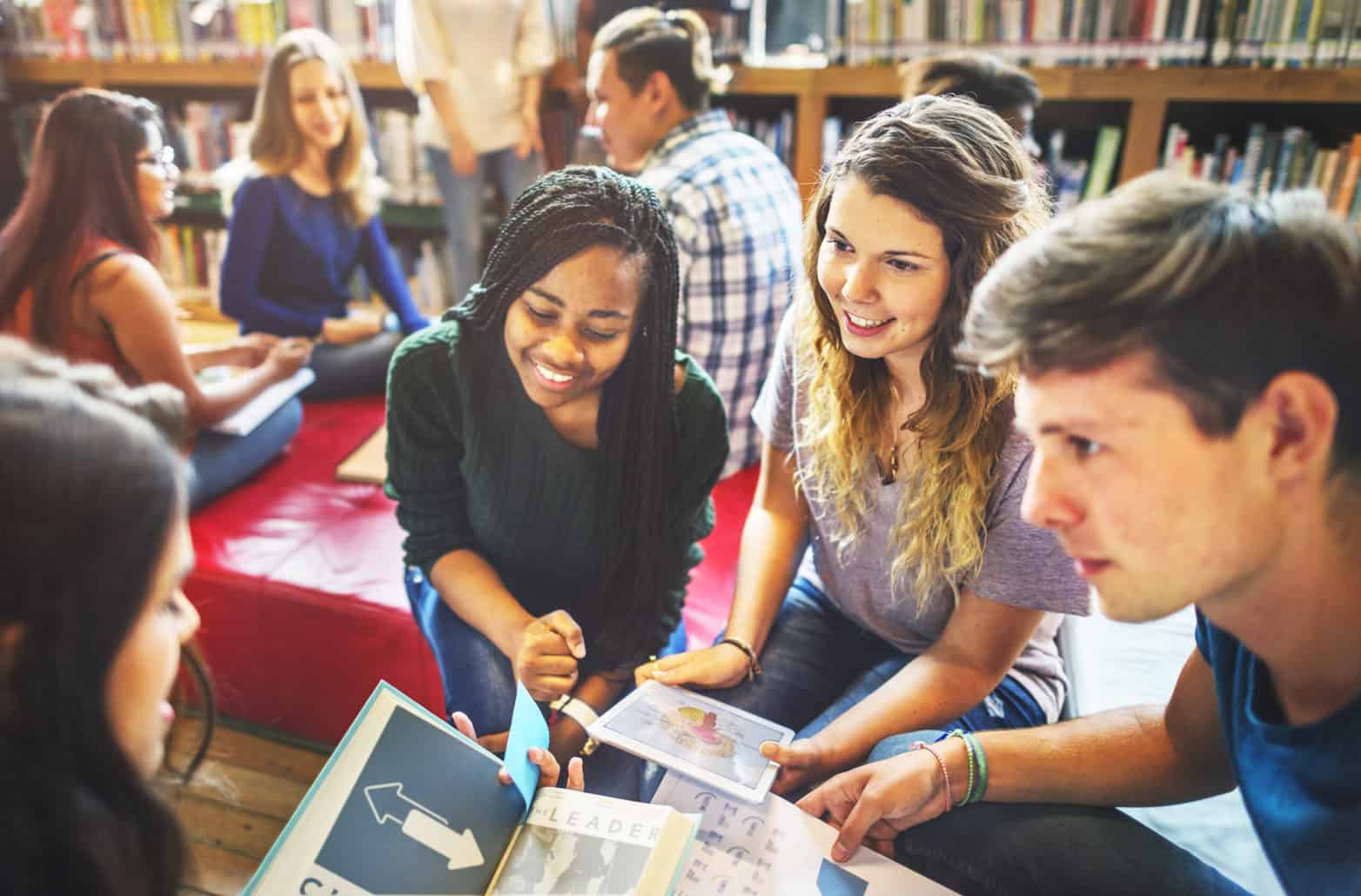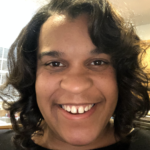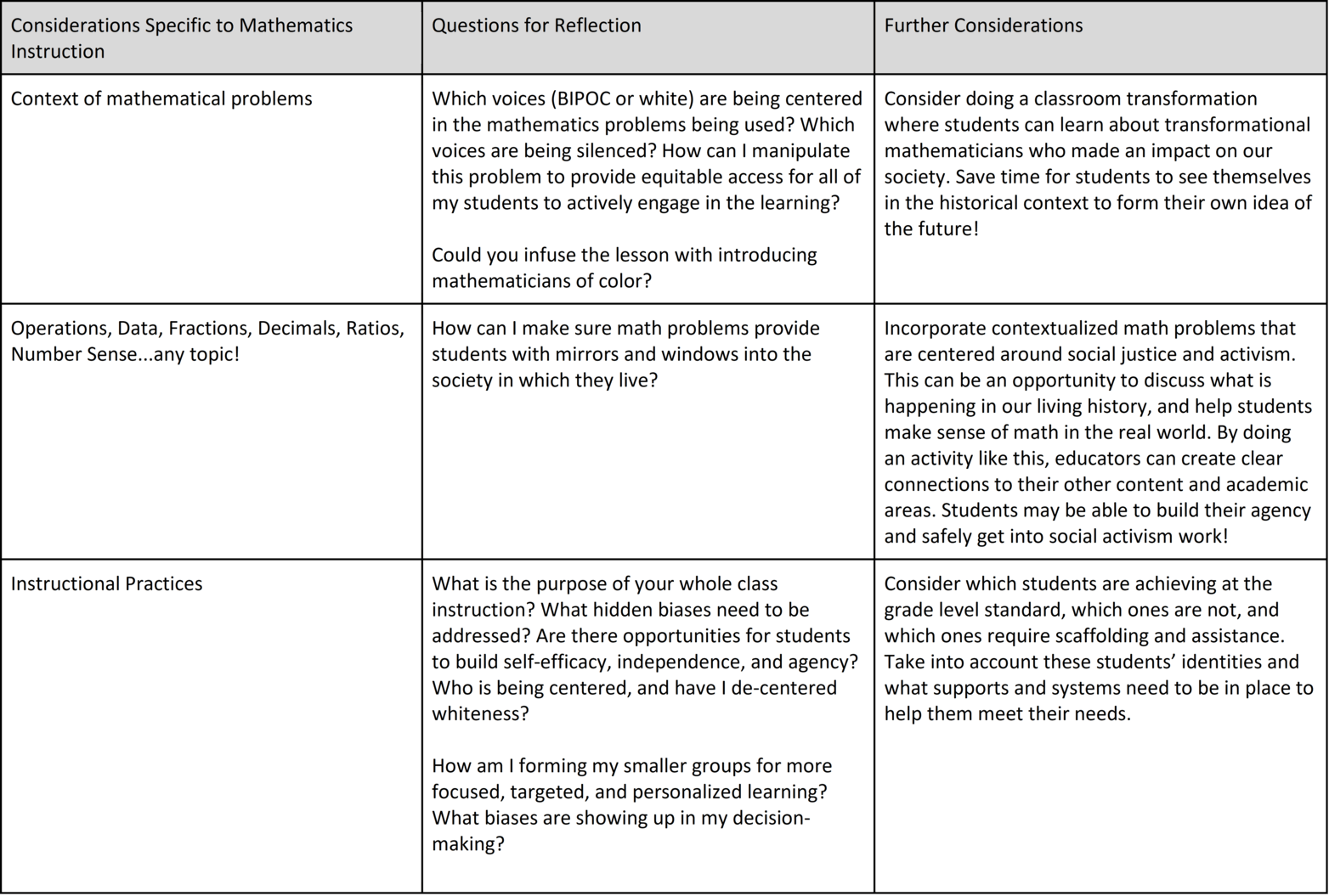With racism and COVID-19 at the center of our society’s troubles, the time is now to reimagine education and create a more equitable classroom experience for our students.
Life as we knew it no longer exists. Many of us are grappling with finding a new normal, adjusting our mindsets from teaching in person to co-creating a virtual setting with students, or dealing with the realities of teaching in person during a global pandemic. Plenty of educators are grieving in all sorts of ways and for a variety of reasons.
Not only are we dealing with a global pandemic, but also our country’s history of racial injustice has been brought to the forefront of our awareness, thus challenging us to reckon with and navigate many harsh realities. No longer can we unsee what we now see, unlearn what we have learned, and ignore what we know to be true. The same is true for our students. Our students are grappling with understanding what is happening, figuring out where they fit in all of this mess, and trying to learn like before. “Before” is such a time-constrained and interesting concept: before COVID-19, before racism was discussed as openly as it is now, before we were forced to face realities that we kept hidden and forgot about.
Life as we have always known it to be is no longer an option. This truth is hard to accept. With so many unknowns and seemingly no end in sight, I have found solace in identifying what exactly I can actually do within my power, privilege, position, and platform to repurpose and redesign education as I have always known it.
As a Black female educator, the current state of our country has affected me in a variety of ways. I serve my school district as a Math Resource Teacher in the Academics Offices of my school system in Maryland. It is my task to write curriculum for elementary students, assist elementary schools in their implementation of instruction and data analysis, as well as provide professional developments countywide. In my current role, I have had plenty of time to consider how different and unique education could look for our students. While I have been hurt, saddened, and grieved like so many other educators, I have also been inspired, encouraged, and uplifted by students’ voices being amplified and honored, and by my fellow educators in our pursuit to dismantle white supremacy culture and build equitable systems.
We have the time and opportunity now to put into practice the dreams of education that we have buried deep within. Now is our time to remember our reason(s) for becoming educators and all the desires we have for our students. This moment has been presented to us to redesign our instruction, learning environments, and academic outcomes for students.
We must actively avoid causing more trauma and harm to our students. I offered above that we all have plenty of time to remember why we became educators and why we are trying to be the best and most effective for our students, even in a virtual or physical setting. Here’s why…
Our students are the reason we engage in this work.
Our students are the reason we analyze ourselves to be better.
Our students are the reason why.
Our students are the reason why.
Our students, all of our students, are our reasons why.
In order to do this, we must first begin with a deep-dive and personal journey within ourselves. To present ourselves as whole and capable for our students and families, we must do the internal work to identify our beliefs about education and the students, families, and school communities we serve, especially our students and families of color. We must work to identify, understand, and correct our hidden and overt biases that we display towards students and colleagues. Additionally, we must always remember our students. Every single student on our roster, and within our school community, needs us to be better and do better. Our students need us to assist them in understanding that life as we have always known it is no longer our new normal, but that there are a plethora of options waiting to be uncovered.
The school walls have been taken down, our minds expanded, our educator skill-set at the ready: our time is now.
When thinking about equity in the mathematics classroom, we must be careful not to limit ourselves to only thinking about race. While it is important, there are many ways that our students show up for learning, and it is a part of our job to honor all of their identities.
More than one thing can be true at the same time.
The table below considers a variety of learning environments and the questions you might use to reflect on whether those environments are equitable. While the table is not exhaustive, it can be a great starting point when thinking about how to repurpose our educational experiences for students. When planning and preparing for instruction, whether virtual or in person, consider the following to redefine your best practices. If you find that you are having difficulty with reflecting on the items and/or responding, I invite you to ask yourself why and engage in being open to thinking differently.
Life as we have always known it to be no longer exists. This is still a really hard truth to accept. Even still, there is so much that we can do. We have power, positionality, platform, and privilege to take this time to be better and do better for our students.
I’m excited for your school year, as well as my own, and I wish for you safety and good dreaming for our future and beyond!




















More from this author please!
Thank you for your article, it very enlightening and helped me see my students as I see myself snd my experiences in my schooling. I have always tried to give my students and parents respect as each year becomes harder to engage with parents. With this COVID-19 it us a struggle to wrap my head around the way I teach in two classroom s. Thank you again for helping me review my own views of children.